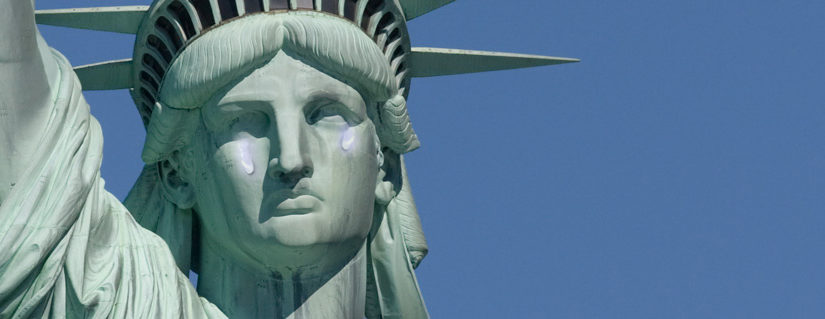For a while I have been gathering articles and texts I have been planning to read and disect to understand the changes in our religious landscape, mostly wondering about the declining role of the church.
On a regular basis I am confronted with this reality. There are many empty pews on Sundays, not only in Europe but in America. There is also a declining interest in theological education in formal seminaries. So as the church decline continues there is even a more rapid decline in people willing to serve, which might accelarate the church decline.
There are writing about this issue from various perspectives and some of them are listed here below.
Michael Lipka looks at the religious landscape based on a study by The Pew Research Center. He looks at 5 Key Findings about the Changing U.S. Religious Landscape.
Some people try to find an obvious reason that makes all the difference. One of those is to blame some aspect of the multifaceted tasks that pastors have. One aspect that is fun to blame is pastoral care. Carey Nieuwhof writes an article, How Pastoral Care Stunts the Growth of Most Churches. In it, Carey Nieuwhof points to reports by Barna Group that is interesting and helpful.
The Barna group reports the average Protestant church size in America as 89 adults. Sixty percent of Protestant churches have less than 100 adults in attendance. Only 2 percent have over 1,000 adults attending.
He then adds that when churches grow to more than 200, the pastoral care demands become unbearable and unsustainable, leading to a failure.
Dr. Marjorie Royle writes an article, Denominational Identity – A Plus or a Minus?, about church planting and different attitudes towards denominational identity.
Heather Hahn writes: What draws people to church? Poll has insights. In the article she looks to Barna Group, a research done for United Methodist Communications.
Carlos Wilton reminds us that the declining church participation is not a new concept in the article, Are the Pews Half Empty or Half Full? Lessons From 734 A.D.
Here are three articles about what might slow down the decline.
- Common Cathedral is an outdoor church for people experiencing homelessness, and their friends.
- @FatPastor shares Six Reasons I Share Communion with Kids.
- A Country and a Church for Women by JK Montgomery is about women in ministry in Iceland and talks about The Women’s Church, non-parish based community in an otherwise parish based church model in Iceland.
Here are two articles about what might accelarate the church decline.
- “What a Total God Shot!” Understand that? Then you speak Christianese looks at insider language among self-proclaimed Christians in America.
- The role Franklin Graham is taken on as The Evangelical Id, and his distortiton of Christianity.

